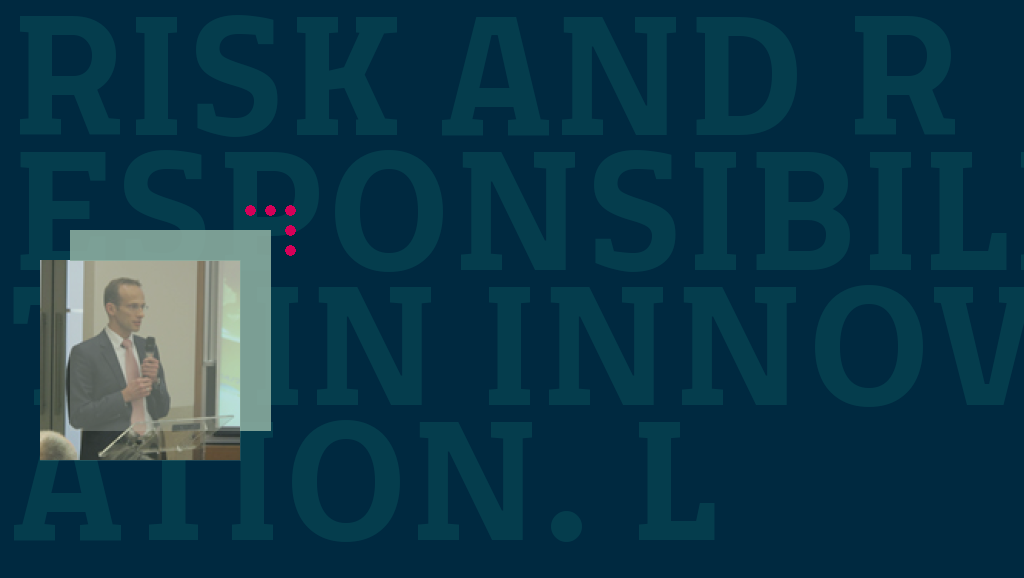Lecture by Michael Bruch at the Bocconi University.
(Here the videos and other materials)
Nanotechnology is an applied science developing rapidly and having an enormous potential for the creation of industrial and consumer items which are really innovative. A significant growth is forecasted for all industry segments adopting these technologies, on the other hand already utilised in a wide range of products from cosmetics to automotive components.
This was discussed on November 27, 2012 at Università Bocconi, Milan, at a conference promoted by the Allianz Group, by Fondazione Giannino Bassetti and the prestigious Milan university itself. After a welcome greeting by the Rector of the University, Andrea Sironi, Michael Bruch, Head of Research & Development – Risk Consulting at Allianz Global Corporate and Specialty (AGCS) and risk expert at the Allianz Center for Technology (AZT), held a lecture on the role insurers can play in the development of innovative technologies such as nanotechnologies.
The conference was within the ampler perspective of risk and responsibility in innovation, an issue emerging strongly in an era when techno-science is actually shaping our future. The debate following Bruch’s intervention saw the participation of professor Alfonso Gambardella of Università Bocconi, Jonathan Hankins of Fondazione Bassetti and Fabian Muniesa of the Observatory for Responsible Innovation, Mines ParisTech.
“The impact of these innovations – explains Piero Bassetti, Chairman of Fondazione Giannino Bassetti which has for over 15 years investigated responsible innovation – goes far beyond the individual market segments. As it happens with authentic innovative processes we are confronted with technical-scientific knowledge sided by the power represented by capitals. And this kind of innovation does change history. Therefore, we need a concept of responsibility for entrepreneurs and political institutions which is adequate for the challenge. We need new tools to face risk”. The foundation, on occasion of the event, released a further volume of its book series: “A Handbook for Responsible Innovation”, dealing with many issues debated at the conference and available from the Amazon site.
On his part , Bruch explained why nanotechnologies are posing considerable challenges and opportunities to the insurance and risk management sectors. It is a matter of fact that expositions towards the environment, health and safety arising from nano-materials during their life cycle are relatively unknown. Nano-materials for instance show toxicity levels which are different from their macro counterparts and exposition to hazard can arise in different ways. On the other hand, toxicity in a non-modified macro state does not necessarily imply toxicity in a nano state. In this field therefore one cannot rely on traditional regulations about health and environmental safety or on risk mitigation protocols which result to be entirely inadequate, nor on historical series of events that would allow correct risk pricing and suitable reserve allocations.
A new “foresight” approach is therefore desirable: an approach favouring a transparent dialogue with stakeholders (manufacturers, consumers, regulators, insurers). It is necessary to answer the requirements driven by civil society groups so that nanotechnology applications may develop in a sustainable and responsible way. In other terms, to set the acceped risk level and build a shared system of good practices and rules whereby insurability of a product or technology becomes a pre-requisite to access the capital market and fund research and production.
(photographs can also be seen in our Flickr account)
















